
臺灣非營利專業書評媒體。Openbook編輯部將提供原生報導,文化觀察,人物採訪與國內外重大出版消息。 https://linktr.ee/openbooktaiwan
"September Picture Book Master" Joyful Teenager Sings the Song of the White Bird: Tommy, who is determined to become an artist. Tomie dePaola

Author| Zhuang Shiying (Lecturer of Xiaoda Picture Book Museum)
"They saw a flash of light on that joyous night.
The little white bird serenaded with its beautiful voice.
The little white bird soars in the sky and sings everywhere with its sweet song;
Jesus has been born, he has taken us away from sin and given us joy. "
This text is the lyrics of the Catalan ballad "Song of the White Bird". This ballad was originally a hymn of the Catalans praying for peace at Christmas, and was later adapted into a solo by the 20th century cello master Karthus. Expressing his thoughts of missing his hometown and praying for peace during his exile.
In the "Bible. In the Old Testament, God let the white dove carry the olive branch back to the ark, indicating that the flood has receded and the world has regained hope. From ancient times to the present, this pure little white bird has always symbolized the people's wishes for beauty. Among picture book writers, there should be no one better than Tommy. Tomie dePaola prefers to draw little white birds one after another in the picture.
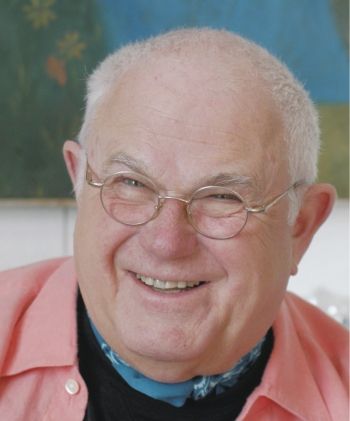
Tommy. Deborah was born on September 15, 1934 in Connecticut, USA. His father Joseph is Italian and his mother Florence May is Irish. Together with his older brother and two younger sisters, as well as a large group of relatives and friends, the A big loving family. Originally he inherited his grandfather's name as Thomas Anthony, but his uncle suggested to his mother: "The name of the future big man must have a different spelling, so that people will remember it!" So he has the unusual Tomie. name.
In this big multicultural family, everyone loves to tell old legends and jokes, and "story" and "laughter" are their daily nourishment. Deborah's mother loved to read and read fairy tales aloud to her children every day before going to bed. Although the barber shop run by my father was not doing well during the Great Depression, as long as someone came to sell children's books, my mother would never hesitate to buy books.
Deborah, still a toddler, had pencils and crayons in her hands almost from the age of two, always drawing wherever she went. He graffitied on the walls and on the sheets, but his mother never scolded him, and the grandfather who owned the grocery store even took the meat-wrapped paper for him to paint. Mom posted his paintings all over the house, and Dad took his paintings to the barbershop. With the encouragement of all the adults around him, he kept painting.
At that time, before the TV appeared, the whole family listened to the stories and music broadcasted by the radio, which was the most anticipated family activity on the weekend. Sometimes mothers also take their children to the cinema, whether it is Xiulan. Deborah left a deep impression on Shirley Temple's musical musicals and Disney cartoon "Snow White", which she recalled again and again in her mind.
So when he was 4 years old, he spoke out an important life declaration: "I will grow up to be an artist, I will write stories and drawings for books, I will sing and tap dance on stage." He told his family and neighbors, And all the people who were willing to listen to him, and everyone believed in him and supported him. For his birthday and Christmas, he received a lot of drawing paper, crayons, pencils, paints and easels, and had a "personal studio" in the attic. His mother even took 5-year-old Deborah to a dance school for tap dancing lessons.

In order to learn to read and eager to get a library card, this smart, talkative and thoughtful child started a school life full of wonderful deeds. Fortunately, he met a good teacher who understands the child, and his uniqueness and creativity can be affirmed. In 2000, Deborah's "26 Dream Street" won the Newbery Silver Award. In this book and the subsequent seven memoirs, he used humorous writing to describe his childhood during World War II.
Deborah was a stubborn kid who never wavered in his decision. As a sophomore in high school, he set a goal of continuing his studies and volunteered to write to the Pratt Institute in New York, asking him what classes he should take to prepare for it. In 1952, when he got a scholarship and successfully entered the school, he originally thought he was an A-level top student, but his confidence was hit by the gathering of masters from all walks of life. But he didn't forget what his twin cousin at the same school said: "You have to practice, practice, practice, and don't plagiarize."
Because of World War II, there were many outstanding European modern artists in exile in the United States. Richard Linder, Deborah's illustration tutor, gave them the first lesson on "Creative Expression", which required students to conduct in-depth research and careful observation on the subject. So Deborah took a sketchbook to observe people's expressions in Brooklyn, to watch famous paintings in art museums, and to watch French New Wave films at the Museum of Modern Art. Through continuous efforts, she found clues of vision and naturally generated styles.
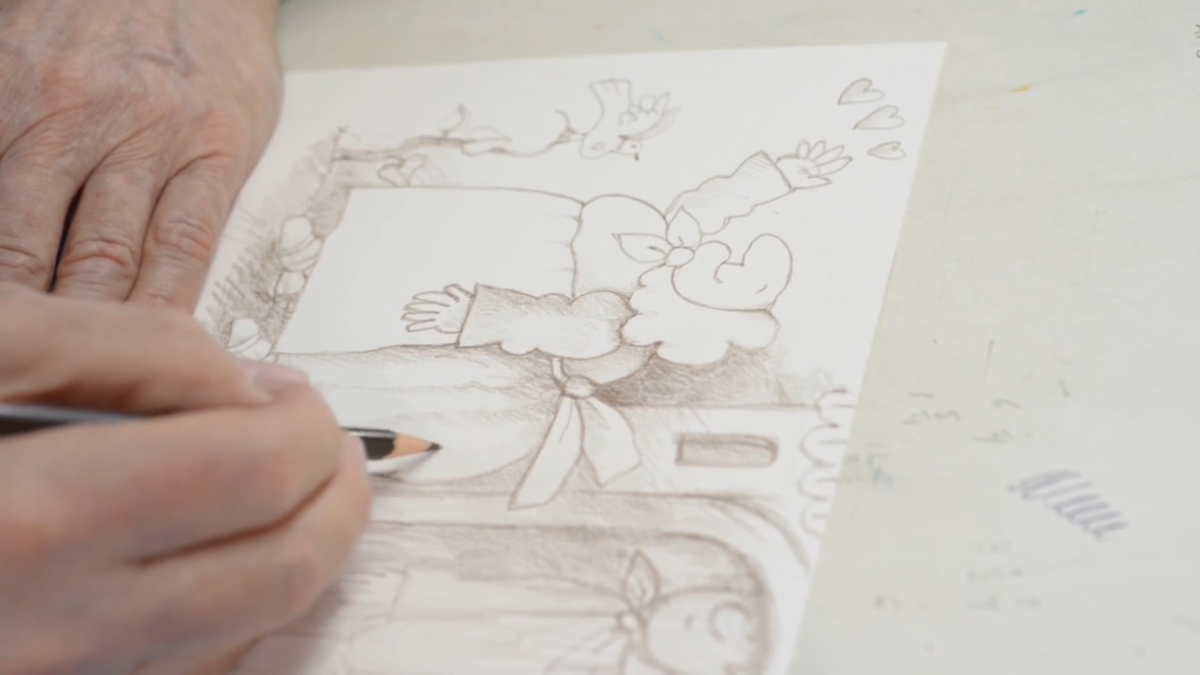
In the summer of 1955, Deborah went to Skowhegan School to study murals and painting. He met the spiritual mentor in his life: the American social realist painter Ben. Ben Shahn. Shane once told him: "As an artist, it depends not only on what you paint, but also on how you arrange your life." Influenced by his teacher, he began to pay attention to the works of medieval painters, especially the works of Giotto, Cimabue, Duccioc and Fra Angelico, their shapes and styles, inspired Deborah's later picture books.
Deborah graduated from Pratt in 1956, and his parents gave him a graduation gift of a summer trip to Europe. It was a fruitful trip, and it was incredible for him to witness all the great works he had seen in art history albums in the past.
After returning from Europe, he entered Weston Priory in Vermont and became a Benedictine monk, but after 6 months of monastic life, his desire to be a "true artist" prompted him to give up his practice . Later, in 1966 and 1970, he tried again to return to the seminary, three in and three out, and finally he chose the life path he set at the age of 4.
Nonetheless, Deborah never regretted every minute spent in the convent, which enriched his spiritual life and made his religious sensibilities ubiquitous in his work. In the future, he not only painted murals for the monastery, but also borrowed a lot of religious stories or themes in the creation of picture books. For example, " The Clown of God ", originally narrated by the French novelist Anatole France, is a religious legend about a Notre-Dame juggler. Deborah replaced the scene with the Renaissance period and skillfully transformed it into an Italian folk tale full of Emotional narratives and engaging pictures convey the true meaning of happiness.

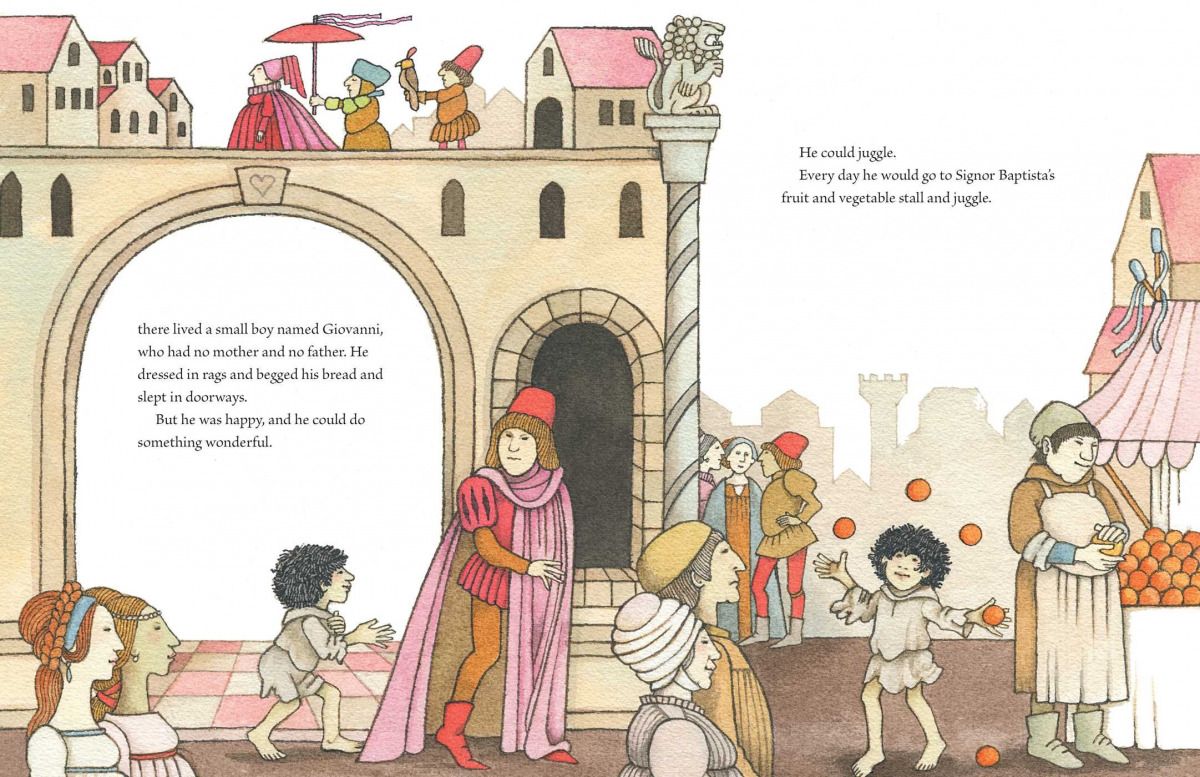
In 1959, Deborah was in Vermont with Monique from Paris. Cheret married, but the two divorced in 1961. To make a living, Deborah designed cards to sell, costumes and sets for theaters, and sometimes made appearances. It was not until 1962 that he finally got a teaching position. After nearly 20 years, he taught in several art colleges between the east and west coasts. Lone Mountain College received a Doctor of Arts degree.
Time spent in San Francisco raised Deborah's awareness of women's issues and recalibrated his thinking about antiwar and peace. Due to the influence of professional art training and academy teaching, he gradually moved in the direction of pure art. At that time, he participated in an art therapy course, which had a key influence on his children's book creation. The class helped him reconnect with the child locked in his inner closet, and as a children's book creator, if you don't have direct access to that child, you don't have access to what you really need.
In 1965, Deborah finally got her first opportunity to illustrate children's books, drawing for the scientific book Sound by Lisa Miller. The next year, Deborah’s first book, The Wonderful Dragon of Timlin , was published, followed by a large number of informational picture books and illustrations he created for others. Picture books, "Ali's Red Cloak", " The Cloud Book ", " The Popcorn Book ", etc., are both intellectual and interesting masterpieces.

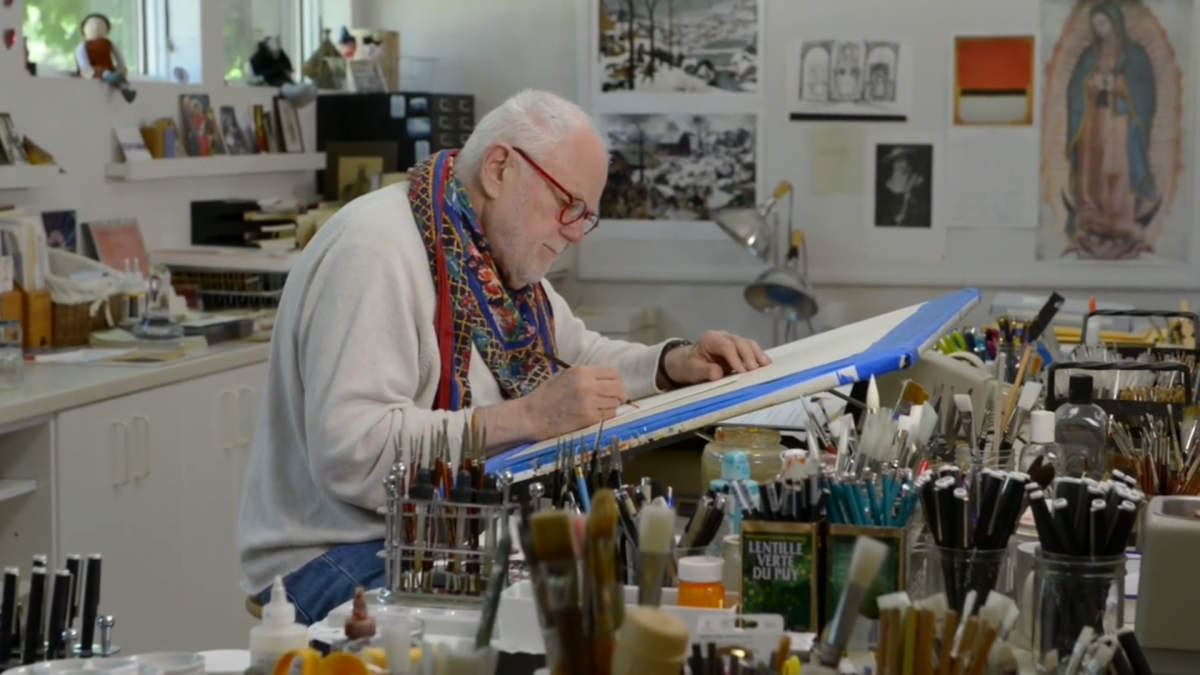
1973 was a good year for him, and the three books "Ali's Red Cloak", " Andy That's My Name " and "Grandma Upstairs and Grandma Downstairs" all had good sales results, proving that Deborah has become a children's book. The strength of the illustrator also opens up many of his works based on his own family stories.
Deborah's family members are emotionally connected, and they serve as the archetypes for many of the characters in the books. "Grandma Upstairs and Grandma Downstairs" is from his great-grandmother and grandmother. Although the content of this book involves the death of relatives, the focus is on feelings and good memories.
It was a great challenge for the author to reveal personal emotions in the book. At that time, there were few works in the publishing of children's books and children talked about the concept of death, which was another challenge. But Deborah used a calm tone and warm pictures to show children how to say goodbye to love and say goodbye to life issues.
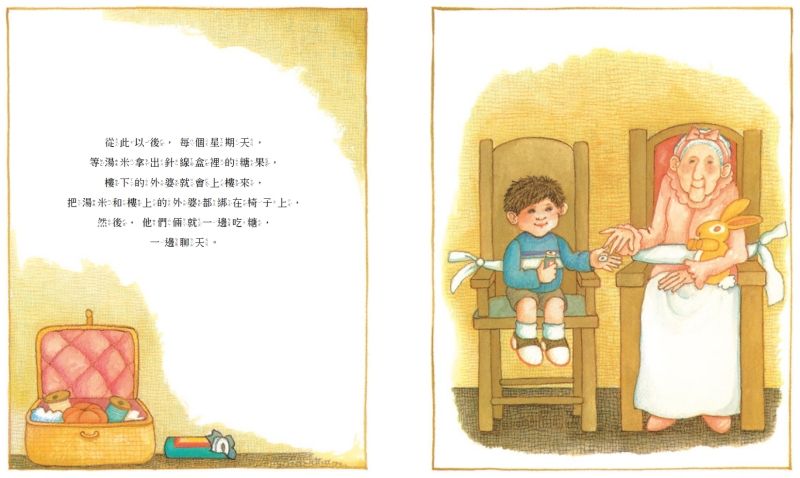
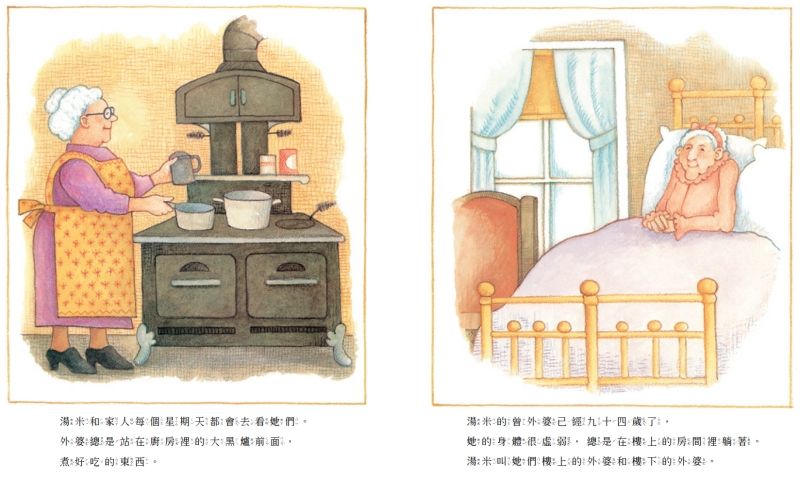
"First Left Foot, Then Right Foot" is a story between Deborah and her grandfather. Grandpa is also the protagonist of another book " Tom ". He is Deborah's most special friend. He never treats children with an adult's high profile. "First Left Foot, Then Right Foot" naturally connects the changes and cycles of life, and is full of the flow of family affection between different generations.
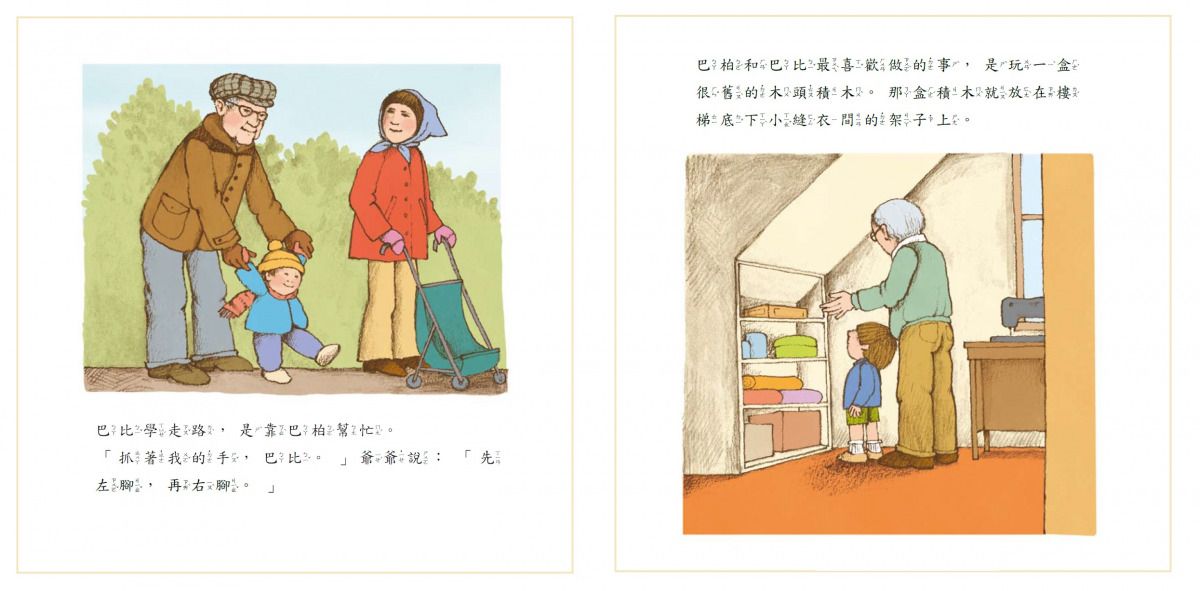
Among the autobiographical works is My Mother Is So Smart! "Describes a dear and omnipotent mother, " The Baby Sister " describes the feeling of welcoming a new baby sister. Of course, Deborah's own childhood reappearance is also indispensable. " Stagestruck " has his dream of stardom. From "Art Lesson", we can see Deborah's dedication to painting since childhood, and also witness that adults who take children seriously are very important to the growth of children. How important!
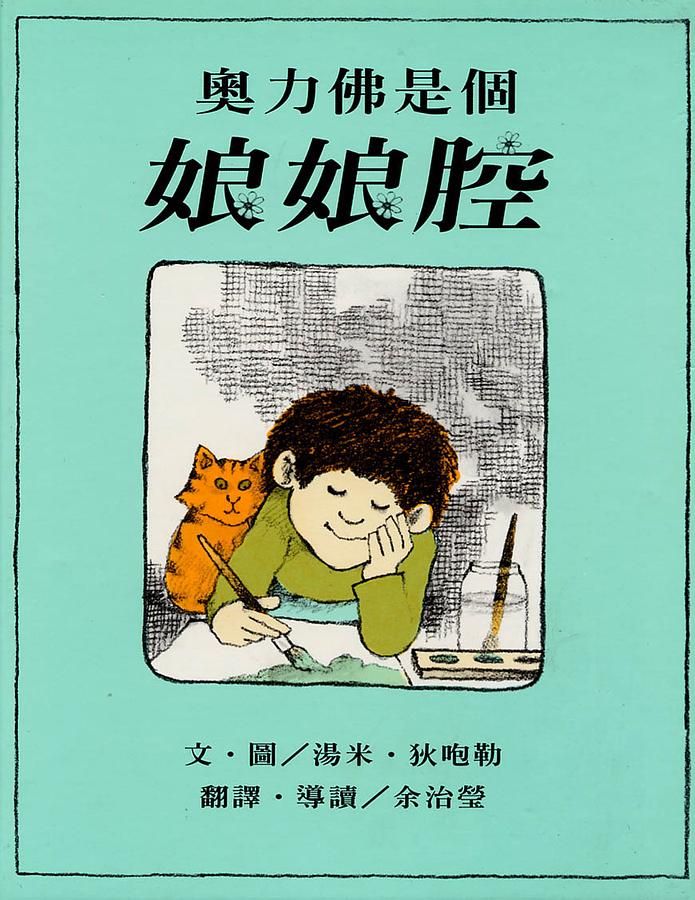
In an interview with The New York Times in 2019, Deborah came out publicly. In fact, as early as 1979, he created "Oliver is a Sissy" based on his own childhood experience. This is a brave and daring act in a time when the public is not yet aware of gender equality, Deborah does not internalize painful experiences, but places them in the work. This book makes many children no longer feel lonely and ashamed, and also makes more young readers understand how to accept the difference between others and me, because everyone is unique.
Due to respect for differences, Deborah particularly appreciates the unique cultural and artistic styles of each nation. In his home, the alcove of the Virgin Mary and the folk cultural relics of Mexico, India and India are displayed together. He believes that folk tales and legends touch the soul of human beings and also collect the wisdom of life, so he actively and enthusiastically explores this field, drawing inspiration from the colors and shapes of folk art, and creating many picture books of folk tales.
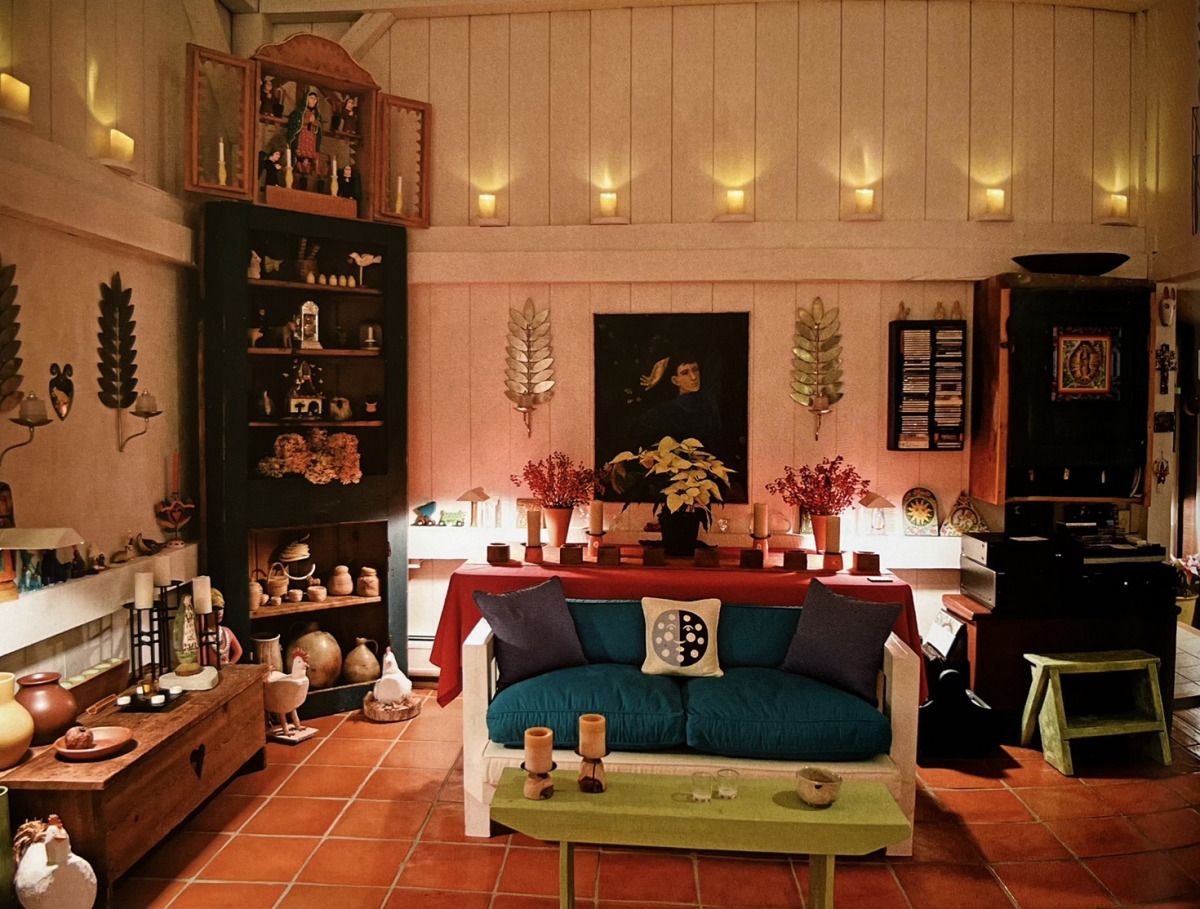
Published in 1975, Granny Witch won a Caldecott Silver Award and was the most popular of all Deborah's works. This book has an interesting origin: at a faculty meeting, Deborah did not take notes but doodles. He drew Punchinello, an Italian comedy character, and helped him add a hijab and apron. Much like his Italian grandmother, he named her "Strega Nona", which means "Grandma Witch".
The stories told in this book have similar versions in many cultural environments. Deborah adopted the story of "The porridge pot" in "Grimm's Fairy Tales", which she liked as a child, and replaced "porridge" with "spaghetti". The scene It has also become a Renaissance Italy. The open square of the town and the figures in traditional medieval costumes are presented in a series of framed drawings, combining the effect of four-frame cartoons with Giotto's techniques.
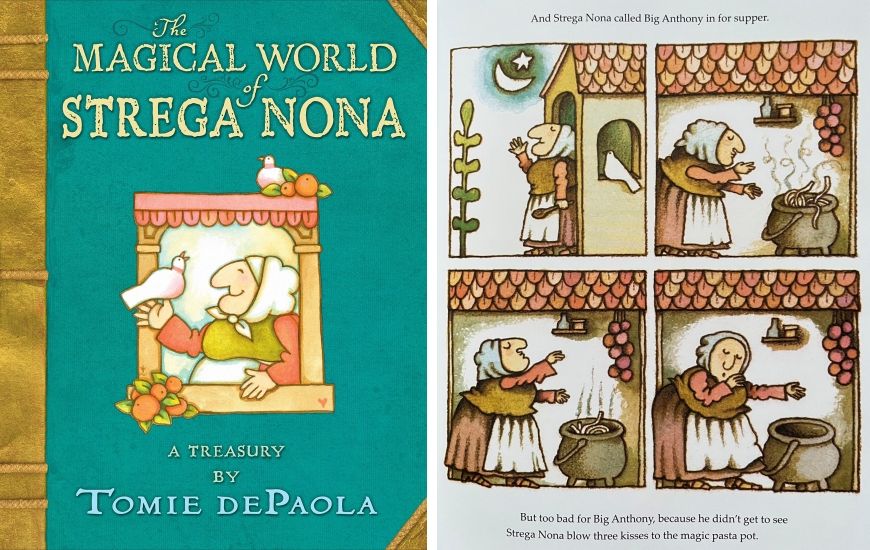
Deborah, who loves drama, believes that picture books are a continuum of time and space. To create a book is to make a play, which is like an emotional journey that rubs time and space. "Grandma Witch" specifically shows Deborah's view of picture book drama. Reading this book is really like a stage play being staged in front of you, and the text is like a voice-over outside the curtain. Continuing the timeless charm of fairy tales and giving old stories a voice of a new age is the uniqueness of Deborah's creation.
He didn't expect the book to get such an enthusiastic response, and readers longed for more humorous magical stories, as the clever witch grandmother and her clumsy assistant Big Anthony became classic characters that fascinated generations of children as they continued to play the series light The comedy, which appeared in a total of 19 books, including a pop-up book, was also adapted into an animated short and a children's play. Deborah always said, "I didn't come up with these stories, they came from the witch grandmother whispering in my ear."
From his basic training in Bauhaus design at the Academy in his early years, as well as his personal appreciation for the style of Matisse, Deborah worked hard to learn "simple forms", using strong outlines and stylized images to make the illustrations as clear and concise as possible. direct. Perhaps Deborah's work is not like Morris. Maurice Sendak is as groundbreaking as he is, but his gentle, clear and recognizable style is the channel through which he deliberately maintains communication with his children and is extremely infectious.
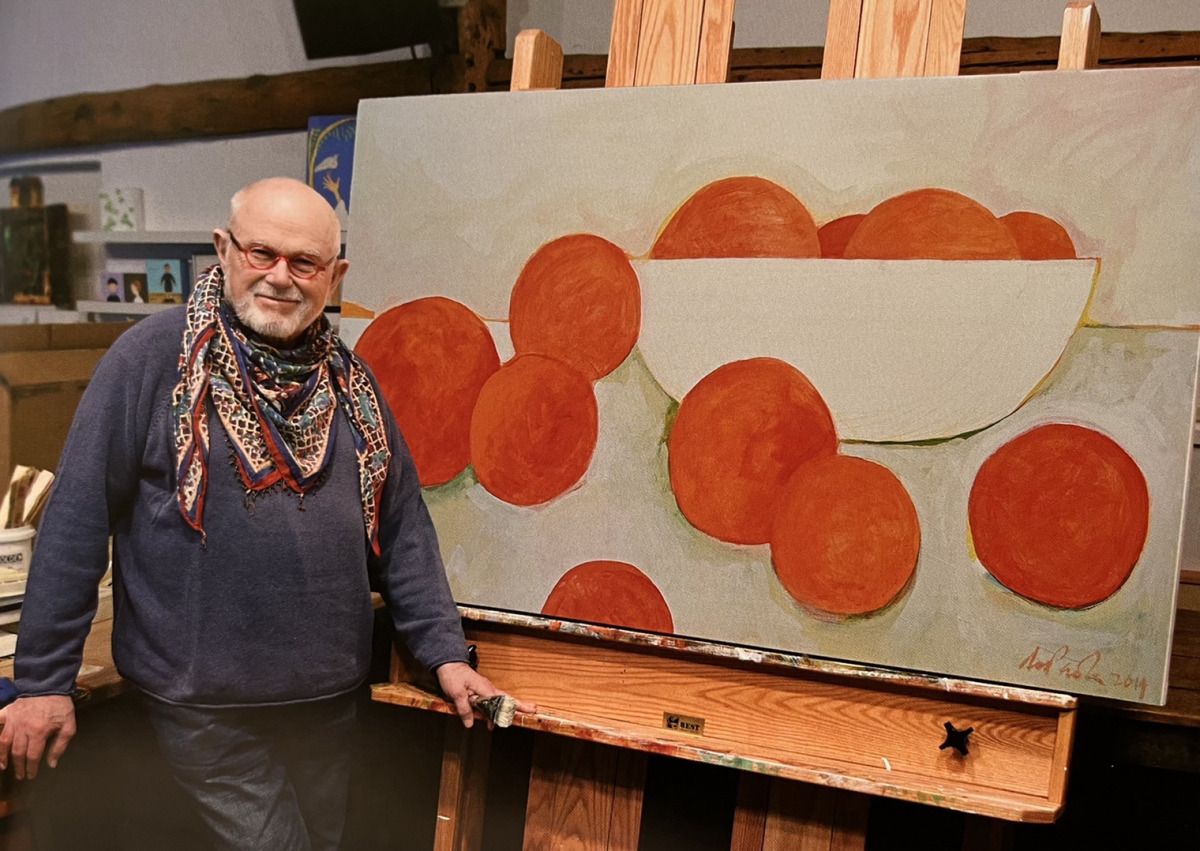
Deborah often travels and reads his books to young readers in bookstores. He once received 10,000 letters from children a year, and he tried his best to answer them one by one. The most frequently asked question in the letters from the children is: "Where does your inspiration come from?" This question never troubles him. Having authored more than 270 books, Deborah's "ideas" are always flowing, and he is often at hand. Just write it down on a tissue or on a flyer. He likes cooking, reading, gardening, traveling, watching movies, shopping, no matter what can nourish the imagination, the most important thing is: "Don't give up ideas easily".
As early as 1975, Deborah's "The Dove Boy" expressed deep concern for the problem of environmental pollution. He longed for a country life and finally settled in a 19th-century barn in Connecticut in the mid-1980s, where he devoted all his efforts to creating and meditating. Published in 2018, Quiet is full of poetry and healing. Deborah draws the energy of life from nature, reminding children that in a changing world, enjoying quietness is a unique experience. When you are quiet, you can think and observe with your heart. , in order to listen to the voice of self and the world.
In Strega Nona's Magic Lessons , Deborah seems to reflect on the nature of his profession. He told his apprentices through the mouth of the witch: "To learn magic well, only good practice, you must learn to see and not to see, you must learn to remember and forget, remain still and busy, but most importantly, you must be true to yourself. work."

In the spring of 2020, when the new crown epidemic was severe, Deborah fell in the studio and died of complications caused by the operation. The artist, who has been determined since he was 4 years old, still has several manuscripts in progress in his studio. He always said, "I have to keep going, I don't want to be safe, I want to be more dangerous."
Deborah's signature hides a "love". He loves laughter, liveliness, the colorful world, and especially children. Restricted by the quarantine of the epidemic, when he passed away, no one could accompany him, but he would never be alone. When every child opened his book, he could be reunited with him again. And Deborah herself should have turned back like a child in heaven! ●
Like my work?
Don't forget to support or like, so I know you are with me..
Comment…